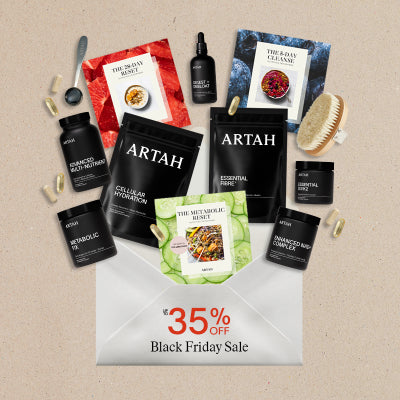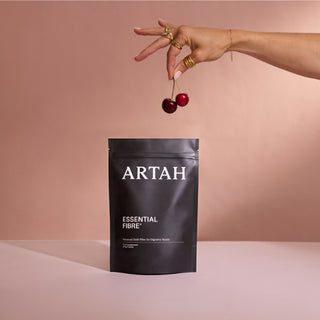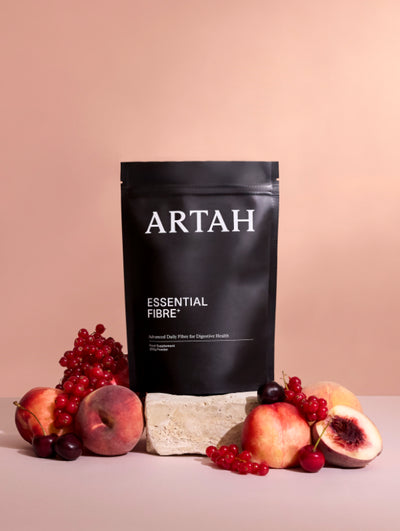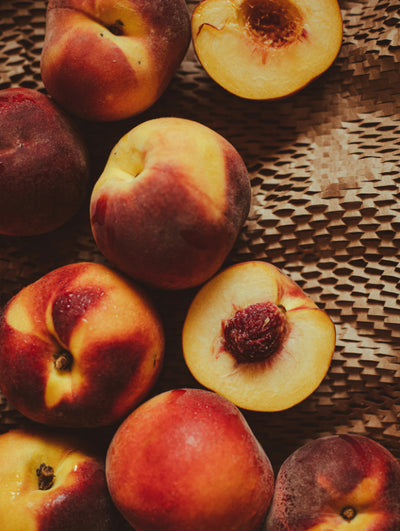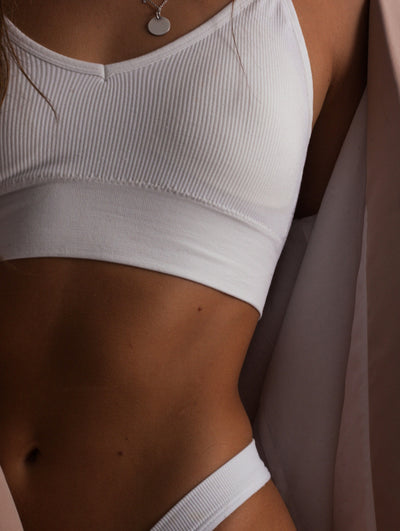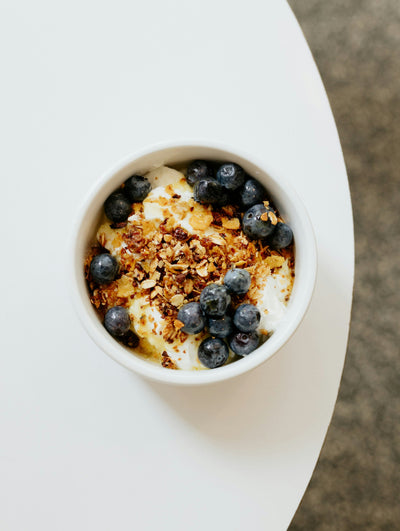Strong, glossy hair is always the goal, but achieving it isn’t always easy. From thinning and/or hair loss and breakage to split ends, rough texture and dullness, there are a number of signs that your hair isn’t as healthy as it could be – and if you’ve noticed any of them, read on to discover some of the ways you can improve it.
What contributes to poor hair health?
Here are some of the factors that could be at play:
Nutritional deficiencies
Nutritional deficiencies can impact both hair structure and growth. Our hair requires adequate protein and carbohydrate intake in order to grow. Why? Because the hair shaft is made of the protein keratin, plus the body needs enough calorific intake – predominantly via carbs – to produce the hair itself. So when we go on a drastic diet, or – as is common at the moment – take GLP-1 medication and don’t ensure we’re eating a balanced diet, rich in key nutrients, our hair health can suffer.
Deficiencies in iron, biotin, zinc and omega-3 fatty acids can also affect the hair. Low iron can reduce the oxygen supply to our hair follicles and in turn disrupt the natural growth cycle, causing telogen effluvium (or increased shedding). If we are low on biotin and zinc, keratin production and follicle function may be hindered. Low omega-3 is associated with dry, brittle hair that may also fall out – if your hair is distinctly lacklustre, you could be low in omega-3.
What to do:
Pay attention to your diet. Research shows that protein consumption is really important to help the body create healthy hair, so aim for around 30g per meal of a lean source, whether that’s from chicken, beans, eggs, tempeh or fish. Ensure you’re eating plenty of omega-3 fatty acids (via sources such as oily fish, flaxseed, or our Essential Omegas supplement); iron-rich foods, like lentils, spinach and organic grass-fed red meat; and B-vitamins, from fish, eggs, leafy greens and whole grains.
While there’s a number of supplements promising to aid hair growth on the market, over-supplementation of certain nutrients – such as vitamins A and E and selenium – have been linked to hair loss, so try taking a multivitamin instead. Our Advanced Multi-Nutrient is a one-stop-shop for improved all-round health, and the more healthier we are, the more our hair will reflect that.
Stress
As well as reducing the body’s ability to successfully absorb the nutrients from food that we need for optimal hair health, increased cortisol levels – whether from physical or emotional stress – can also prompt our hair follicles to switch into the telogen (or resting) phase. This is why we often experience increased shedding after a stressful event, as well as reduced growth over time where long term chronic stress is involved. High cortisol can also influence our autoimmune responses, causing our cells to attack the hair follicles, leading to patchy hair loss, known as alopecia areata.
What to do:
Try and slow down, while incorporating relaxation practices that can help lower your cortisol levels. Think yin yoga, meditation, breath work (extend your exhale to switch on the parasympathetic nervous system) and gentle exercise. Find what works best for you, and prioritise it.
Hormonal imbalances
Other hormonal balances (as well as cortisol) can impact our hair health too. Take androgens, such as testosterone and DHT. When they are high – as in cases of PCOS or high insulin –they can shrink the hair follicles, leading to male or female pattern baldness. Meanwhile, the reason that so many women experience bountiful hair during pregnancy and then hair loss after childbirth, is due to high levels of oestrogen (which promotes growth) during that first nine months, and then a drop afterwards.
What to do:
Book an appointment with a healthcare professional to get your bloods checked – this will help you understand where your hormones are at now, and ultimately gives you a starting point from which to work from. For example, if it’s high insulin you’re experiencing, some dietary interventions may be helpful, while low vitamin D can be rectified with supplementation. A professional can advise you on the best way to proceed.
Ageing
Slower cellular turnover as we get older leads to slower hair growth, while the shrinking of our hair follicles also leads to finer, more brittle hairs. As we age, we also see a reduction in natural oils produced on the scalp, which in turn leads to coarse, more wirey hair, not to mention the impact (aforementioned) of hormonal changes, which can all lead to hair that may be different to what we’ve been used to in our earlier years..
What to do:
Your diet is even more important as you get older, so ensure you’re eating plenty of fatty fish, protein, vegetables and taking a vitamin D supplement – our Essential D3/K2 contains 4000iu and should be taken daily.
Disclaimer: The information presented in this article is for educational purposes only and is not intended to diagnose, prevent, or treat any medical or psychological conditions. The information is not intended as medical advice, nor should it replace the advice from a doctor or qualified healthcare professional. Please do not stop, adjust, or modify your dose of any prescribed medications without the direct supervision of your healthcare practitioner.








































